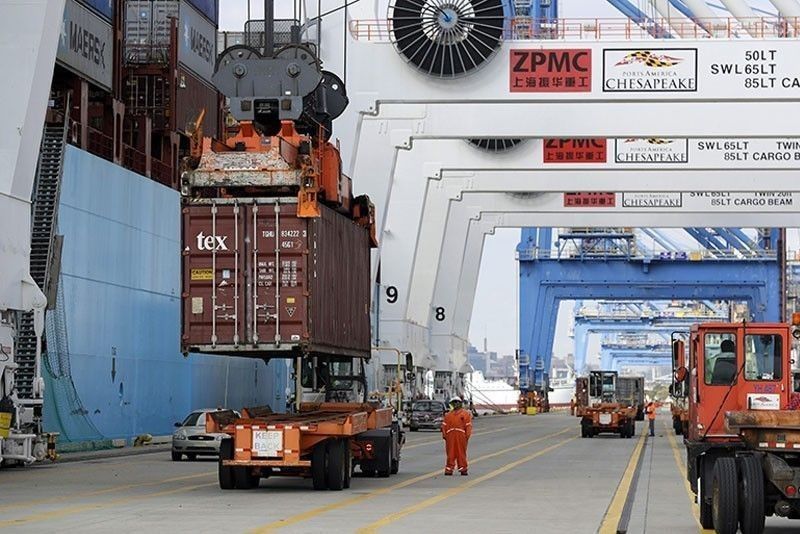Trade gap in May widest in 5 months

MANILA, Philippines — The Philippines’ trade deficit in May rose to a five-month high driven by double-digit growth in imports and contraction in exports, the country’s statistics agency reported Tuesday.
The country’s trade gap widened to $3.70 billion in May, up from April’s deficit of $3.48 billion and the $2.51 billion shortfall posted a year ago. Total external trade in goods surged 5.1 percent to $15.22 billion.
According to Reuters, the trade deficit in May was "the biggest after last December’s $4 billion."
Philippine President Rodrigo Duterte’s plan to keep his country’s growth engine humming by spending more than P8 trillion on infrastructure has been fueling demand for imports of construction-related goods.
The increasing capital goods imports due to the infrastructure boom have reversed the country’s current account surplus to a deficit, pressuring the Philippine peso, one of Asia’s worst performing currencies so far this year.
“The deterioration of the country’s trade situation is the norm in the next few years with a domestic driven economy which a rising deficit spending program enhances,” ING Bank Senior Economist Joey Cuyegkeng said.
“The cost of such an economic development is a worsening trade and current account gaps and a weaker peso,” he added.
Year-on-year, exports fell 3.8 percent to $5.76 billion in May following declines in export shipments to major trading partners Japan and Singapore.
Outbound shipments of electronic products, the country’s top export in May, jumped 2.3 percent to $3.13 billion from $2.82 billion in the same month last year.
Meanwhile, total imports inched up 11.4 percent to $9.46 billion in May from $8.49 billion a year ago, fueled by heightened purchases of electronic products, mineral fuels and telecommunication equipment overseas.
"I think the low export supply was due to strong domestic demand for manufactured goods and weak production of agro-based exports," said Angelo Taningco, economist at Security Bank Corp.
"Moreover, strong import demand was on the back of huge requirements by local firms and government for raw materials, intermediate goods, and capital goods, as well as buoyant household spending that led to robust demand for imported consumer goods," he added.
Early this month, the Development Budget Coordination Committee slashed its goods export growth assumption to 9 percent from 10 percent for 2018 but kept at nine percent from 2019 to 2022.
Goods import growth projection was similarly cut to 10 percent from 11 percent but kept at 10 percent for next year until 2022.
"I expect the trade deficit to persist throughout the year. With this, there will be constant pressure for the Philippine peso to depreciate," Security Bank's Taningco said.
- Latest
- Trending




























